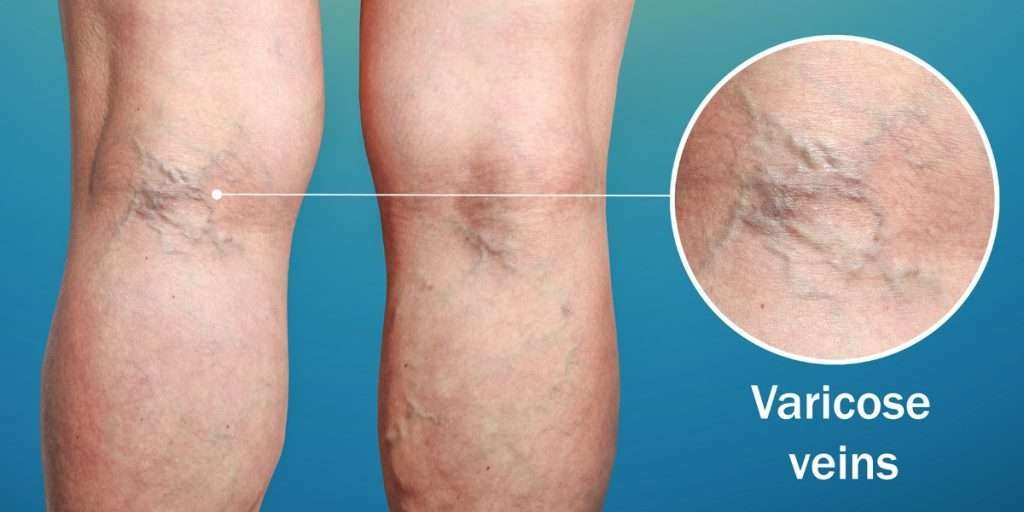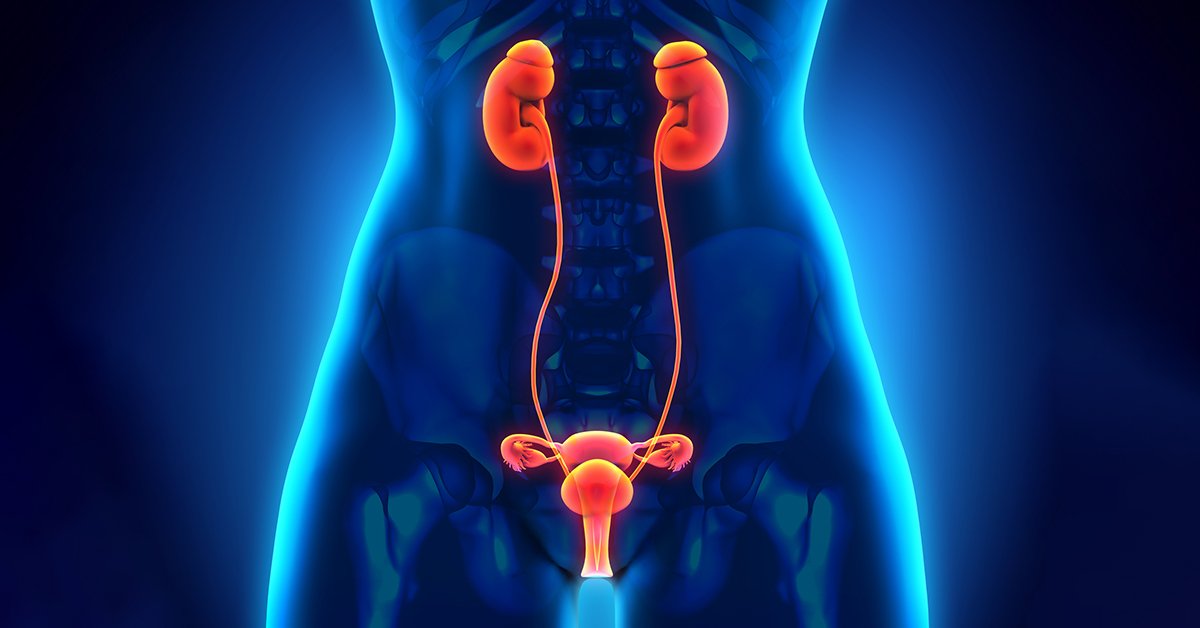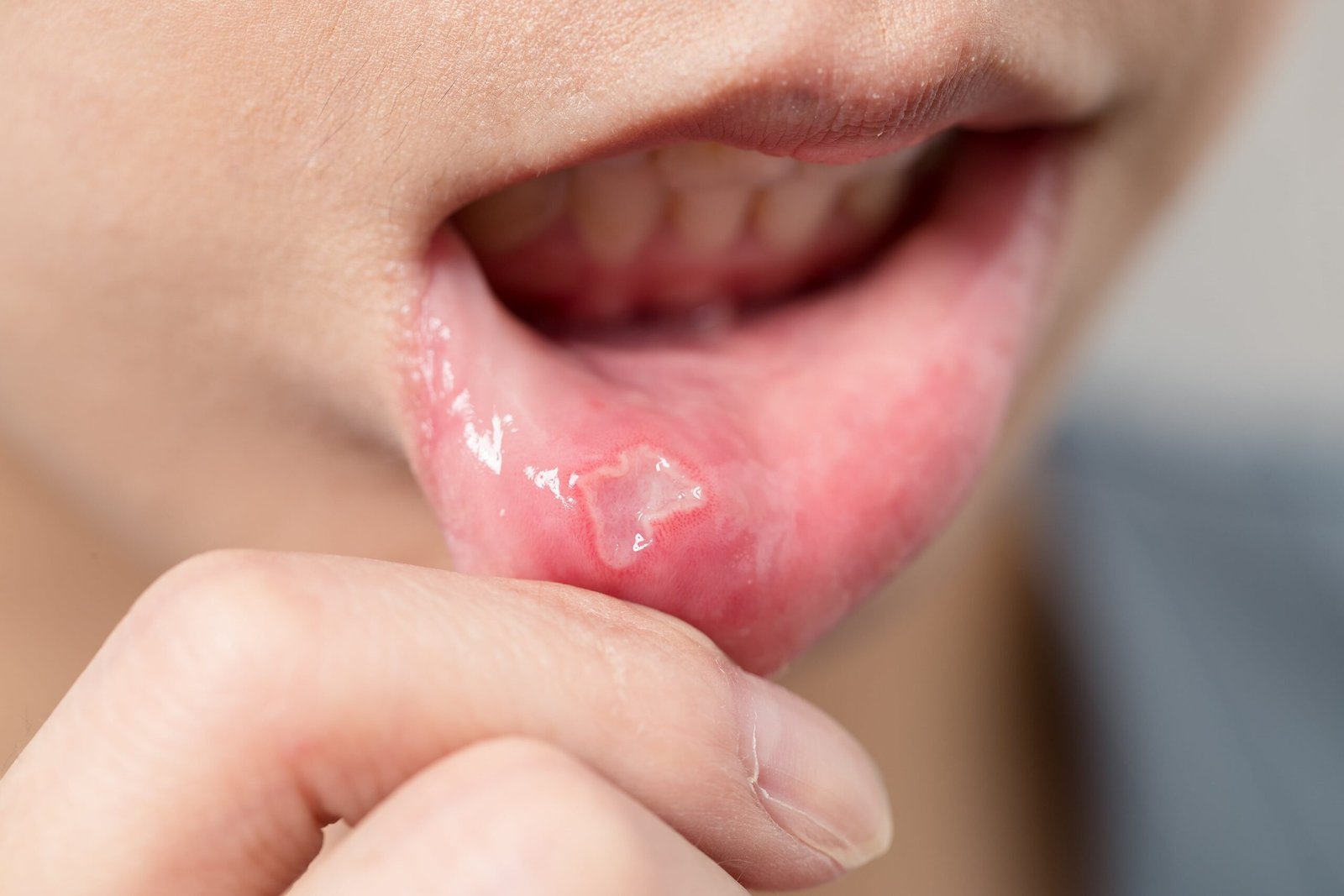If you often struggle with digestive discomfort, skin problems, migraines, or unexplained fatigue, an elimination diet may help identify hidden food sensitivities or intolerances. Unlike trendy fad diets, the elimination diet is a short-term plan designed to remove potential trigger foods and then reintroduce them strategically to see which ones cause symptoms.
This blog will cover everything you need to know about the elimination diet — how it works, what foods to avoid, benefits, risks, and helpful tips for success.
What Is an Elimination Diet?
An elimination diet is a temporary eating plan that removes certain foods or food groups suspected of causing adverse reactions. After a few weeks, foods are slowly reintroduced one at a time to identify any triggers.
Healthcare providers often recommend elimination diets to manage conditions like:
-
Food intolerances (e.g., lactose, gluten)
-
Irritable Bowel Syndrome (IBS)
-
Migraines or chronic headaches
-
Skin conditions like eczema
-
Autoimmune flare-ups
How Does the Elimination Diet Work?
-
Elimination Phase (2–6 weeks):
-
Remove common trigger foods such as dairy, gluten, soy, eggs, nuts, shellfish, caffeine, alcohol, and processed foods.
-
Focus on whole foods like lean proteins, fruits, vegetables, and gluten-free grains.
-
-
Reintroduction Phase (1–2 weeks per food):
-
Slowly reintroduce one eliminated food at a time.
-
Observe for symptoms such as bloating, rashes, fatigue, or headaches.
-
Keep a food diary for tracking reactions.
-
Foods Commonly Eliminated
-
Dairy (milk, cheese, butter, yogurt)
-
Gluten (wheat, barley, rye)
-
Soy and soy products
-
Eggs
-
Nuts and peanuts
-
Shellfish
-
Corn
-
Processed foods, artificial sweeteners, additives
-
Caffeine and alcohol
Benefits of an Elimination Diet
-
Identifies hidden food sensitivities
-
Improves digestion and gut health
-
May reduce inflammation and bloating
-
Supports clearer skin
-
Helps with energy levels and mental clarity
Risks and Considerations
-
Restrictive and may cause nutrient deficiencies if done long-term
-
Can be challenging to follow without proper planning
-
Not suitable for children or pregnant women without medical supervision
-
Should ideally be guided by a doctor or dietitian
Tips for Success
-
Plan meals ahead to avoid accidental exposure to trigger foods
-
Keep a detailed food and symptom journal
-
Reintroduce foods gradually and carefully
-
Stay hydrated and include nutrient-dense options
-
Seek professional guidance if symptoms are severe
Conclusion
The elimination diet is not a permanent lifestyle but a diagnostic tool to uncover which foods may be negatively affecting your health. By following the elimination and reintroduction process, you can gain clarity about your diet, reduce discomfort, and make informed choices for long-term wellness.
If you suspect food sensitivities, consult your healthcare provider before starting the elimination diet for safe and effective results.












